🦀 PT Crab Issue 78 - Return to Work Work Work Work Work Work
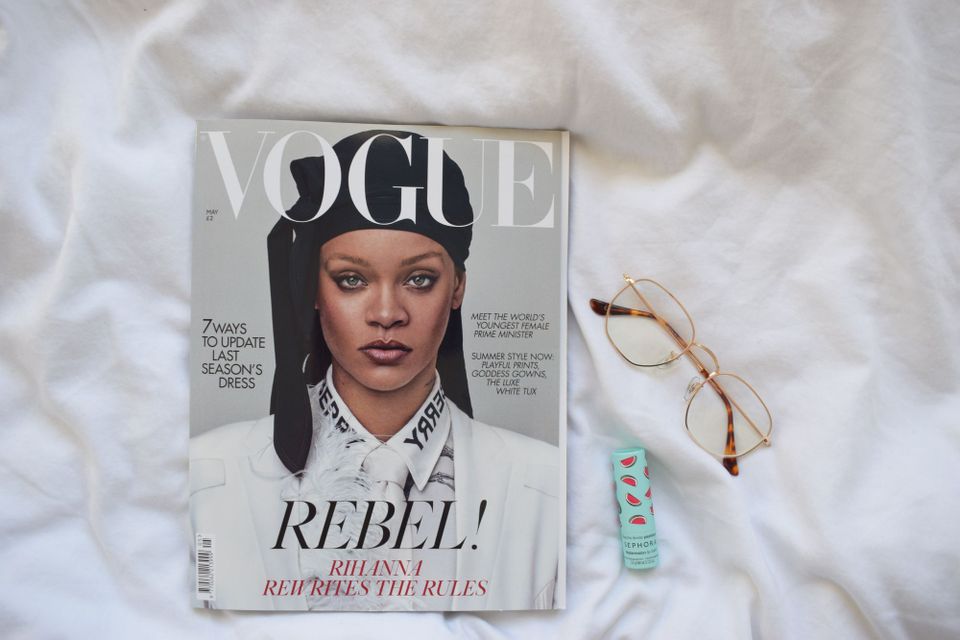
Today marks one and a half years of PT crab editions. 🧨 🎈 🎉 🎊 Celebrate as you see fit. For me, I’ll be using lots of emoji \(^O^)/ and then writing four summaries, like every week.
This week it’s about when to start vestibular rehab post-concussion for the kids and how to help folks return to work. Supporters got two more, one on how much respiratory PT costs, and another about whether neural mobilization works.
You know how I said this is the 1.5 year edition? Well that means that there are about 300 article summaries on the website, PTCrab.org now. Wow, I know. If you’re looking for anything in particular, they’re all searchable and the search function is really quite good (I know cuz I coded it myself). As a reader, you have access to about 75 of those summaries, but King Crab members can get all 300 of them. To get that and much more, become a supporter here.
In some states, PT Crab actually counts as Con-ed, so your employer may even pay for it. Have them email me (Luke@PTCrab.org) for more details and I'll have full deets on the site soon.
With that, let’s dive in!
When to start vestibular rehab post-concussion? Now is good.
The Gist - First off, if you’re not a vestibular therapist, think carefully about your ability to treat it. As someone who was mis-treated at the hands of a clinician who didn’t know what they were doing, I’m very sensitive to this. Second off, if you do vestibular rehab, do indeed start early. This pilot study of 23 young patients (average age 16.14) tells us that beginning vestibular rehab in under 30 days post-concussion allows symptom resolution and return to play significantly earlier.
This was a retrospective study where they looked into the info of two groups who had sustained sport-related concussions. The group that started vestibular PT more than 30 days post concussion (an average of 74 days later with a range of 38 to 125) returned to sport an average of 110 days after the concussion. The groups that started early (an average of 22 days post concussion with a range of 17 to 28) returned to sport at 31 days on average.
Tell Me More - This is a pilot study and the ranges on the late therapy folks are very high, as you can see, so we can’t take too much away from this. What we can say is that in this group of young people, early vestibular therapy got them back faster. Exactly how much faster relative to days since concussion remains to be seen. The short study has a bit more information inside as well.
Days to symptom resolution for the early folks was just 54 (range 27-91) while it averaged 122 (range 71-223) for the late ones. Interestingly, the return to learn days for these groups were inverted, with the late therapy kids returning at 12 days on average (3.5-26.5) and the earlys returning at 18 (8-21). Why did some people start so late even though they reported to the concussion clinic at about the same time (12ish days)? The researchers think it may be due to practical barriers and screening for subtypes. Check out the paper for details.
Paper? Yupp.
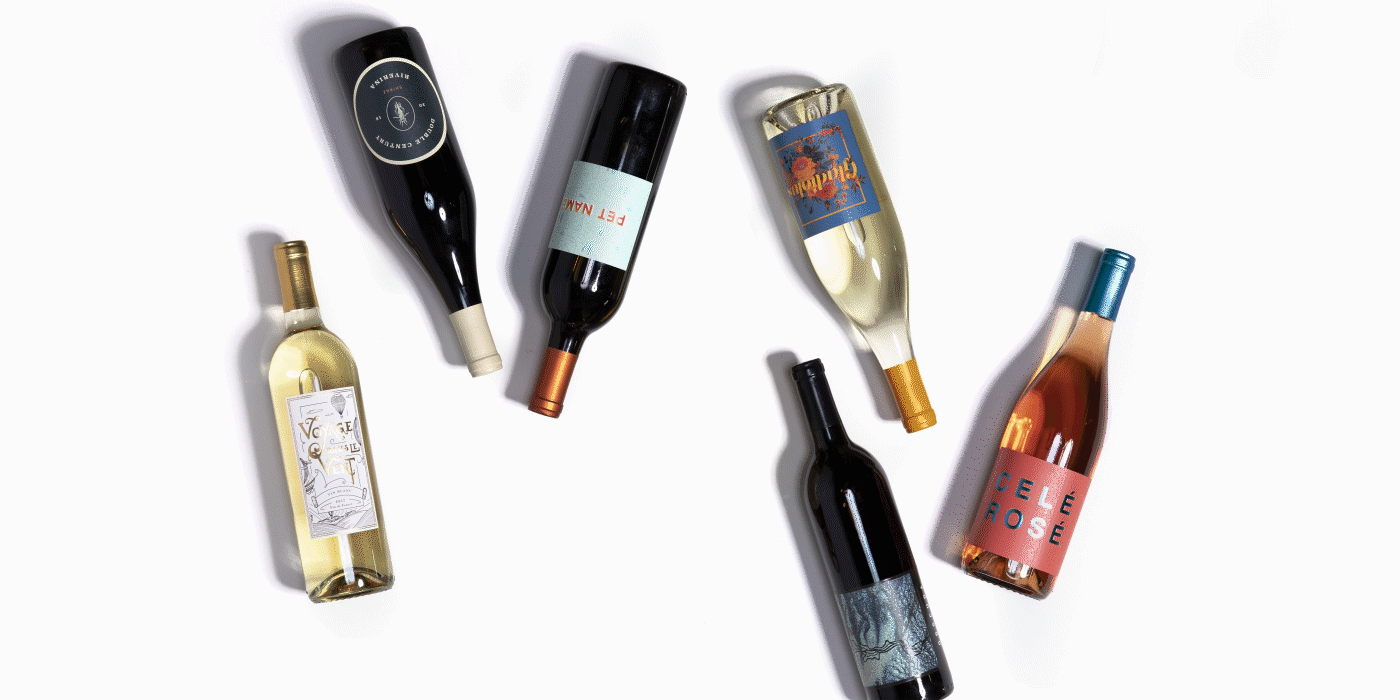
You Like Learning. Wanna learn about wine?
The Gist - You don't have to learn about wine to enjoy it, but Bright Cellars want you to know more so you can enjoy more. They have an awesome, quick quiz where they learn what you like in wine, then match you up with 6 bottles that fit your tastes and preferences. With every box, they teach you about where your wine came from, what its tasting notes are, and why their algorithm chose it for you. With a focus on hidden gems from small vineyards all over the world, Bright Cellars remixes your wine experience and gives you new bottles and varieties to love. And right now, you can get 50% off your first box of 6 bottles with this link. That's a $45 value!
Tell Me More - Bright Cellars was created by a couple of MIT Grads flummoxed by the complexity of the wine world who wanted to make things easier for themselves and you to understand. Remind you of anyone? Yea, that's PT Crab's mission with research, not wine (but if I could switch to wine, I certainly would). Dive in to this deal to learn more about wine, enjoy it more, and find bottles you'll love rather than staring at the endless rows and then picking the same one like you do every week. 50% off your first box of 6 bottles. Sounds like a win-win.
The Link? Sure thing!
CPG to Return to Work Work Work Work Work Work
All of it - Since this is a Clinical Practice Guideline (almost all of which are available over on PTCrab.org/clinical-practice-guidelines) I’m just going to point you to it and grab a couple of interesting things out of it. You can’t really summarize CPGs in a couple paragraphs but they do it in a couple pages so definitely pop over there and bookmark this guy. Or download it, or something. From JOSPT this year, we’re talking about how to optimize return to work. My optimal return to work is not at all, but I hear some people like / need that stuff so here’s how we can help them get back.
I’m just going to point out a couple faves from the summary then let you do your own work:
- “B - Physical therapists should incorporate psychologically informed practice such as individual goal setting, motivational interviewing, education regarding activity pacing, problem solving, relaxation, and coping techniques into the plan of care when psychosocial barriers are identified during the episode of care.”
- “B - Physical therapists should provide consultation and recommendations to patients, employers, and the healthcare team for graded, modified, or transitional duties that promote work reintegration, while taking contraindications and barriers into consideration.”
- “D - Based on conflicting evidence, a physical therapist should D not use educational level as an isolated risk factor for delayed RTW and work participation following injury.”
It goes on, so like, check it out.
Well where is it then? Right here.
And that’s our week! To get access to the archive, consider becoming a supporter. If the going rate is too much for you, shoot me an email and we’ll work something out. It’s half-price for students anyway! Email Luke@PTCrab.org for that.
Have a great week,
Luke
Here's this week's bibliography:
Ahluwalia, R., Miller, S., Dawoud, F. M., Malave, J. O., Tyson, H., Bonfield, C. M., & Yengo-Kahn, A. M. (2021). A Pilot Study Evaluating the Timing of Vestibular Therapy After Sport-Related Concussion: Is Earlier Better? Sports Health, 1941738121998687. https://doi.org/10.1177/1941738121998687
Daley, D., Payne, L. P., Galper, J., Cheung, A., Deal, L., Despres, M., Garcia, J. D., Kistner, F., Mackenzie, N., Perry, T., Richards, C., & Escorpizo, R. (2021). Clinical Guidance to Optimize Work Participation After Injury or Illness:The Role of Physical Therapists. Journal of Orthopaedic & Sports Physical Therapy, 51(8), CPG1–CPG102. https://doi.org/10.2519/jospt.2021.0303

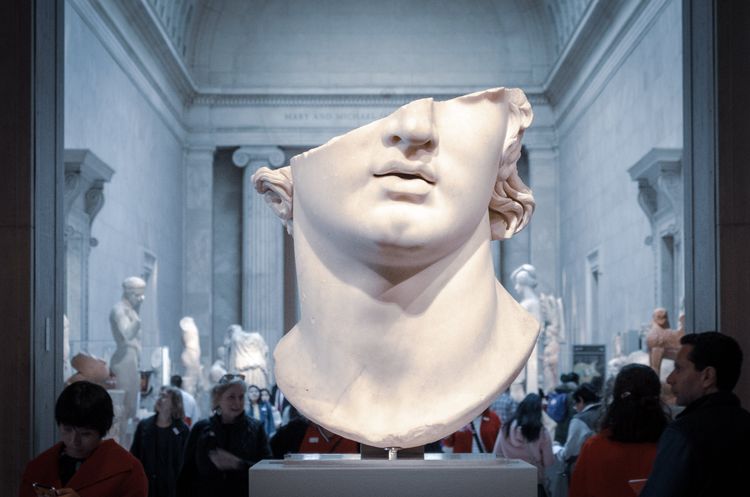


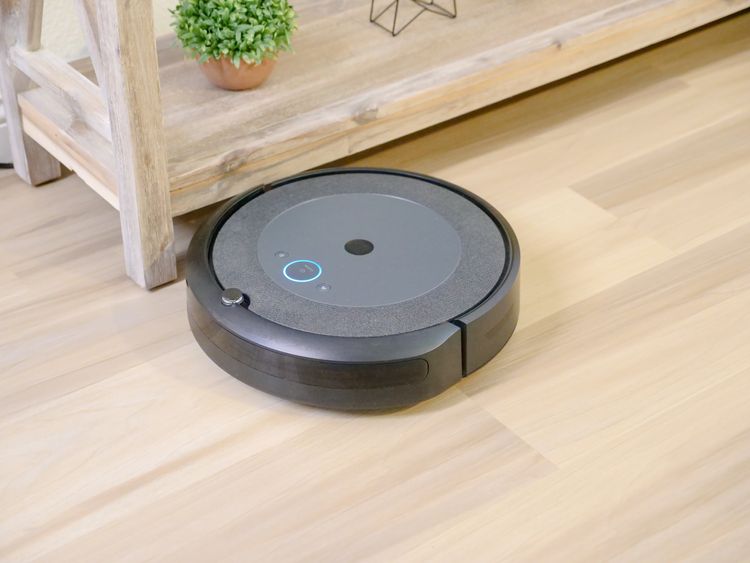
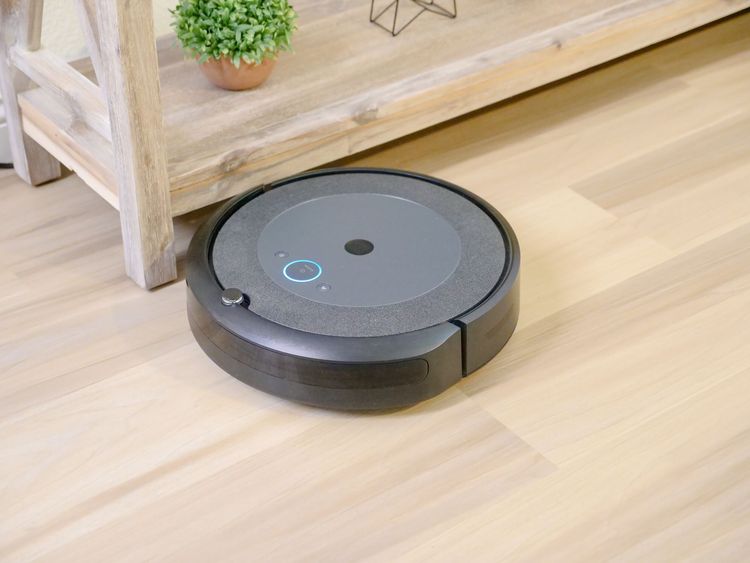
Comments
Want to leave a comment and discuss this with your fellow PTs? Join PT Crab and get summarized PT research in your inbox, every week.